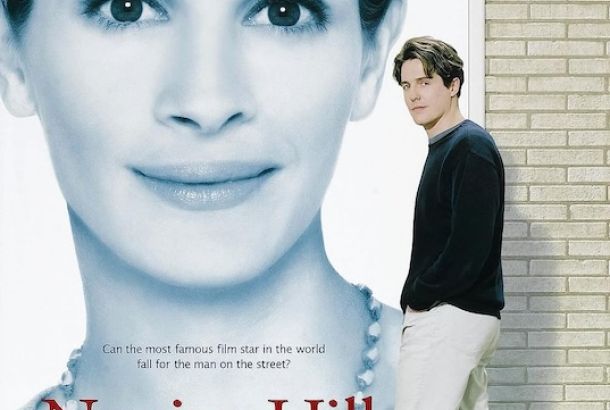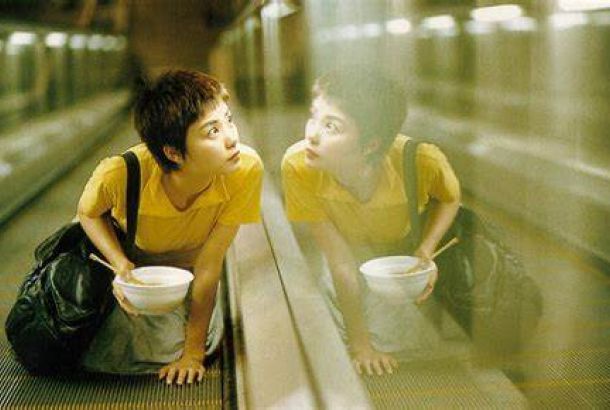Bwana Devil – Lessons From the Third Dimension
From the multitude of posters advertising Alfonso Cuarón’s Gravity, there is one quote that always sticks with me, long after the bus has pulled away. The Telegraph, instead of praising direction or performance, remark on the “glorious realised 3D”. Something about that phrasing, “glorious realised”, fascinates me. How do we understand the true realisation, limits and possibilities of this form of cinema? What defines good 3D and bad 3D?
66 years ago, this very week, United Artists released Arch Oboler’s Bwana Devil. The movie was an huge event; set in British Uganda, railway workers find construction interrupted by a pair of man-eating lions, it is then up to British overseer Jack Hayward to capture and kill the lions. Much like Cuarón, Oboler was was attempted to take a thrilling story, set in an unforgivable environment, and amplify the viewing experience using groundbreaking technology. Only difference being that Bwana Devil was the first 3D feature film ever released. It was a commercially driven creation, in the light of waning box office sales, many thought that 3D ‘natural vision’ was just the gimmick to bring audiences back into the theatres. Following the release of Bwana Devil a decade long fascination with the process began. Many more 3D movies were released in this period, opting for full on spectacle they ranged in title from ‘House of Wax’ to ‘Robot Monster’. Seats were filled, but many of the end results were clumsy. The ‘golden era’ of 3D gradually declined. It was pulpy and excessive, but audiences outgrew it.
Unlike Gravity which is currently sitting on 97% on Rotten Tomatoes, the reviews of Bwana Devil weren’t too kind. One critic wrote “It is the worst movie in my rather faltering memory, and my hangover from it was so painful that I immediately went to see a two-dimensional movie for relief.” So does that mean we have learnt our lesson? Well not necessarily. Take 2010’s Clash of the Titans, of which the director Louis Leterrier eventually said “It was absolutely horrible, the 3D. Nothing was working, it was just a gimmick to steal money from the audience.”
Many contemporary film makers are equally sceptical of the form. Even blockbuster behemoths like Michael Bay and Christopher Nolan have spoken out against the form, the latter famously declining down the request to have Inception shot in 3D. In fact most people I watch movies with respond similarly, that they think 3D is annoying and exploitative, only existing to charge extra for making you wear silly glasses. Yet Gravity seems to have distilled a mood amongst those who value the technique. Essentially that it is not for every film, and what’s more it isn’t the reserve of action movies or cartoons. In fact, last years most critically acclaimed use of 3D was Life of Pi, a movie that (much like Avatar) built dimensional environments and landscapes – rather than throwing random objects at the audience now and again.
It seems unlikely that 3D will die out in the same way it did in the 1950s. Yet it order to ensure its longevity it seems crucial that filmmakers value it is a tool for depth, rather than a flashy gimmick. Arch Oboler certainly thought it would last and fittingly, given the interstellar nature of 3D’s latest proponent, he said, “One doesn’t need much imagination, to state a simple truth: that a motion picture and television world of 3-Dimension is as certain as the fact that someday the sun will fission and fusion and implode on itself”.







